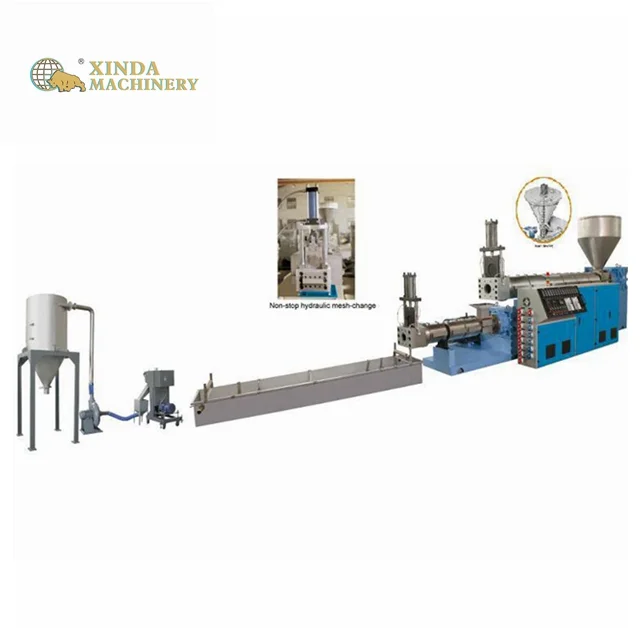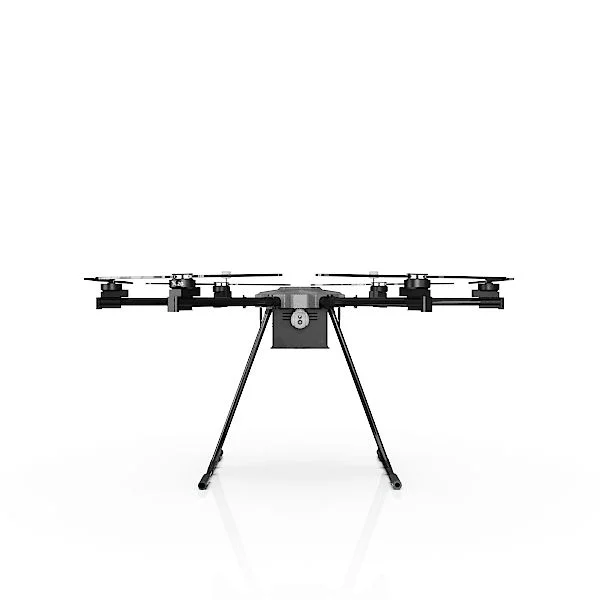In the ever-evolving landscape of automotive engineering, fuel injection technology plays a pivotal role in determining a vehicle's performance, efficiency, and emissions. Among the myriad of manufacturers, Toyota stands out for its innovative approaches and commitment to sustainability. A common question that arises among automotive enthusiasts and potential buyers alike is: Does Toyota use direct or port injection? This article delves into the intricacies of Toyota's fuel injection systems, exploring the advantages and disadvantages of each method, and how they align with Toyota's overall engineering philosophy.
Understanding Fuel Injection Systems
Before we dive into Toyota's specific practices, it's essential to understand the two primary types of fuel injection systems: port injection and direct injection.
- Port Injection: In this system, fuel is injected into the intake manifold, where it mixes with air before entering the combustion chamber. This method has been the traditional choice for many manufacturers due to its simplicity and effectiveness in promoting thorough mixing of air and fuel, leading to stable combustion.
- Direct Injection: Conversely, direct injection involves injecting fuel directly into the combustion chamber at high pressure. This method allows for more precise control over the fuel-air mixture, resulting in improved efficiency and power output. However, it can lead to issues such as carbon buildup on intake valves due to the lack of fuel washing over them.
Toyota's Approach to Fuel Injection
Toyota has been at the forefront of integrating advanced fuel injection technologies into its vehicles. The company employs a combination of both direct and port injection systems, particularly in its newer engine designs. This dual approach is evident in Toyota's Dynamic Force Engines, which utilize a combination of both methods to optimize performance and efficiency.
The Dynamic Force Engine: A Case Study
One of the most notable examples of Toyota's innovative fuel injection technology is the Dynamic Force Engine, found in models such as the Toyota Camry and RAV4. This engine employs a dual injection system that combines both port and direct injection.
- Advantages of Dual Injection:
- Enhanced Efficiency: By utilizing direct injection during high-load conditions, the engine can achieve greater thermal efficiency, while port injection is employed during low-load conditions to ensure smooth operation and reduce emissions.
- Reduced Emissions: The combination of both systems allows for better control over the combustion process, leading to lower NOx and particulate emissions.
- Improved Performance: The ability to switch between injection methods enables the engine to deliver optimal power across a wide range of driving conditions.
The Benefits and Drawbacks of Each System
While Toyota's dual injection system offers numerous advantages, it's essential to consider the inherent benefits and drawbacks of both port and direct injection technologies.
Port Injection
Benefits:
- Simplicity and reliability in design.
- Better fuel atomization at lower RPMs, leading to smoother operation.
- Reduced risk of carbon buildup on intake valves.
Drawbacks:
- Generally lower thermal efficiency compared to direct injection.
- Potential for higher fuel consumption under certain driving conditions.
Direct Injection
Benefits:
- Higher thermal efficiency and power output.
- More precise control over the fuel-air mixture, leading to better performance.
Drawbacks:
- Increased risk of carbon buildup on intake valves, necessitating more frequent maintenance.
- More complex fuel delivery systems, which can lead to higher repair costs.
Conclusion: The Future of Toyota's Fuel Injection Technology
In conclusion, Toyota's approach to fuel injection is a testament to its commitment to innovation and sustainability. By employing a dual injection system in its Dynamic Force Engines, Toyota effectively harnesses the benefits of both port and direct injection, optimizing performance while minimizing emissions. As the automotive industry continues to evolve, it will be fascinating to see how Toyota and other manufacturers adapt their fuel injection technologies to meet the demands of an increasingly eco-conscious market.


